Insect Life Cycle & Macroinvertebrate Identification
1/113
Earn XP
Description and Tags
Flashcards covering insect life cycles and macroinvertebrate identification for stream quality assessment.
Name | Mastery | Learn | Test | Matching | Spaced |
|---|
No study sessions yet.
114 Terms
Complete Metamorphosis
Insect life cycle that includes an egg, larva, pupa, and adult stage.
Incomplete Metamorphosis
Insect life cycle that includes an egg, nymph (instar, and adult stage.
CRWC
Clinton River Watershed Council; uses stream leaders for Macroinvertebrate Identification.
Macroinvertebrate
An organism without a backbone, large enough to be seen with the naked eye; used for stream quality assessment.
Pollution Sensitive Macroinvertebrates
Macroinvertebrates that are highly sensitive to pollution; their presence indicates good water quality (e.g., Mayfly nymphs, Stonefly nymphs). They live in colder water, need lots of oxygen and have gills.
Somewhat Pollution Sensitive Macroinvertebrates
Macroinvertebrates that are somewhat tolerant to pollution (e.g., Caddisfly larvae, Damselfly nymphs).
Pollution Tolerant Macroinvertebrates
Macroinvertebrates that are tolerant to pollution; their presence in large numbers may indicate poor water quality. They live in warmer waters and do not consume large amounts of oxygen. (e.g., Aquatic worms, Midge larvae).
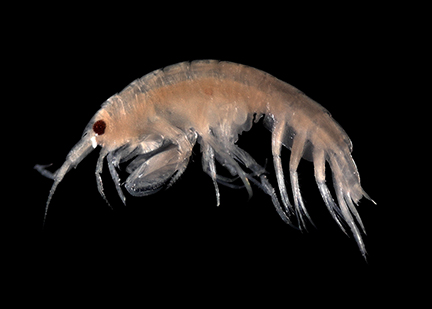
pollution-tolerant macroinvertebrate, commonly found in freshwater environments and often used as an indicator of high water quality, they are somewhat pollution tolerant, and they have 10+ legs
Scud - Amphipod
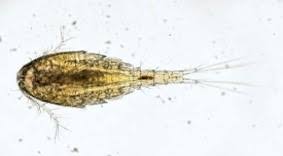
Invertebrates that are indicators of high water quality that live in fresh and salt water environments and have four to six legs
copepod
Stream Quality Score
Calculated based on the number and type of macroinvertebrates found in a stream; used to assess the health of the stream.
Shell Types
Single (Limpet, Orb Snail, Pouch Snail, Gilled Snail), Double (Freshwater Mussel, Pill or Fingernail Clam)

Found in freshwater ecosystems, they are indicators of high water quality, which means they have low B.O.D.
Daphnia/Water Fleas
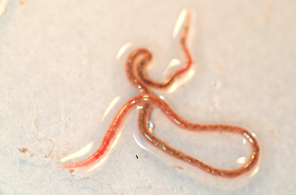
Threadworms
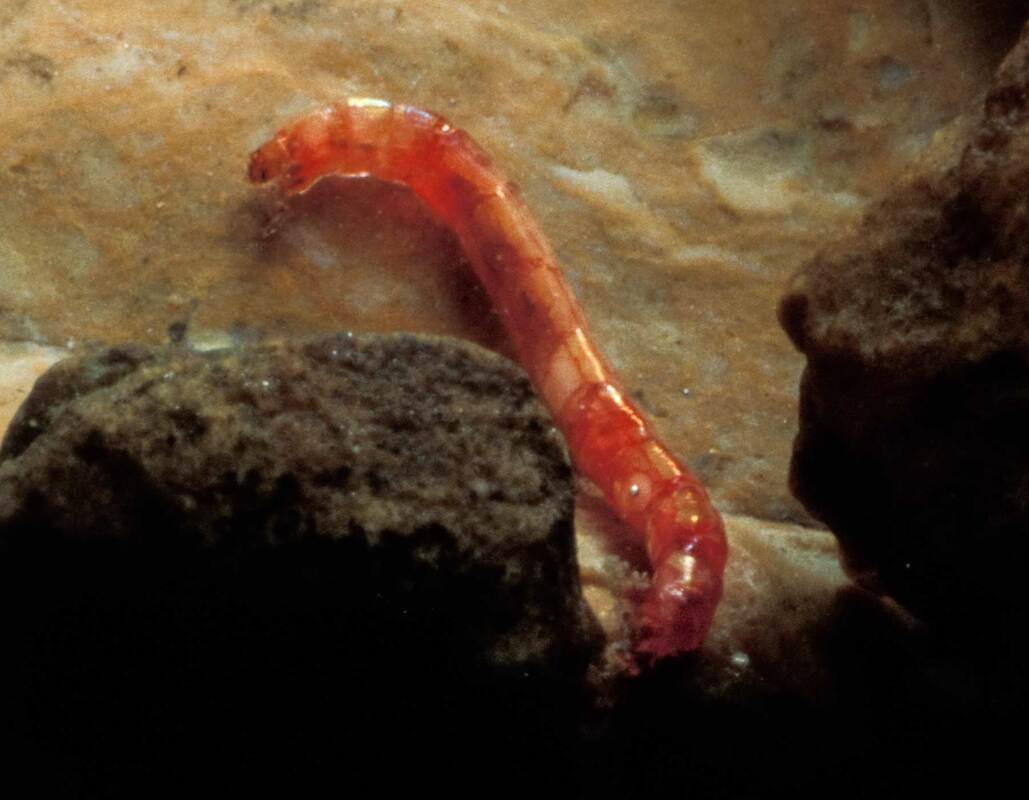
Thin, worm-like, and often red due to the presence of hemoglobin because of the iron attached. They are an indicator of poor water quality as they are tolerant of pollution
Midgefly Larvae
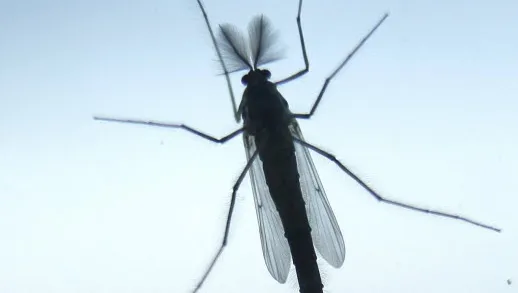
Adult Midgefly
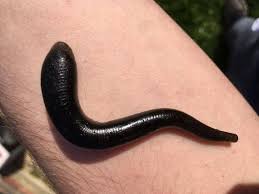
generally considered indicators of poor water quality, particularly when they represent a large portion of the invertebrate population in a water body. They can tolerate low dissolved oxygen levels, which may be an indication of organic pollution.
Leech
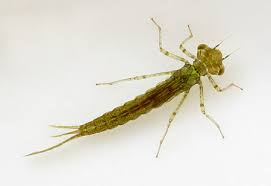
This invertebrate has fewer than three tails, no wings, and three pairs of legs (six legs) are indicators of high water quality, meaning they have low B.O.D. They are also relatively/somewhat pollution-tolerant.
Dragonfly Nymph
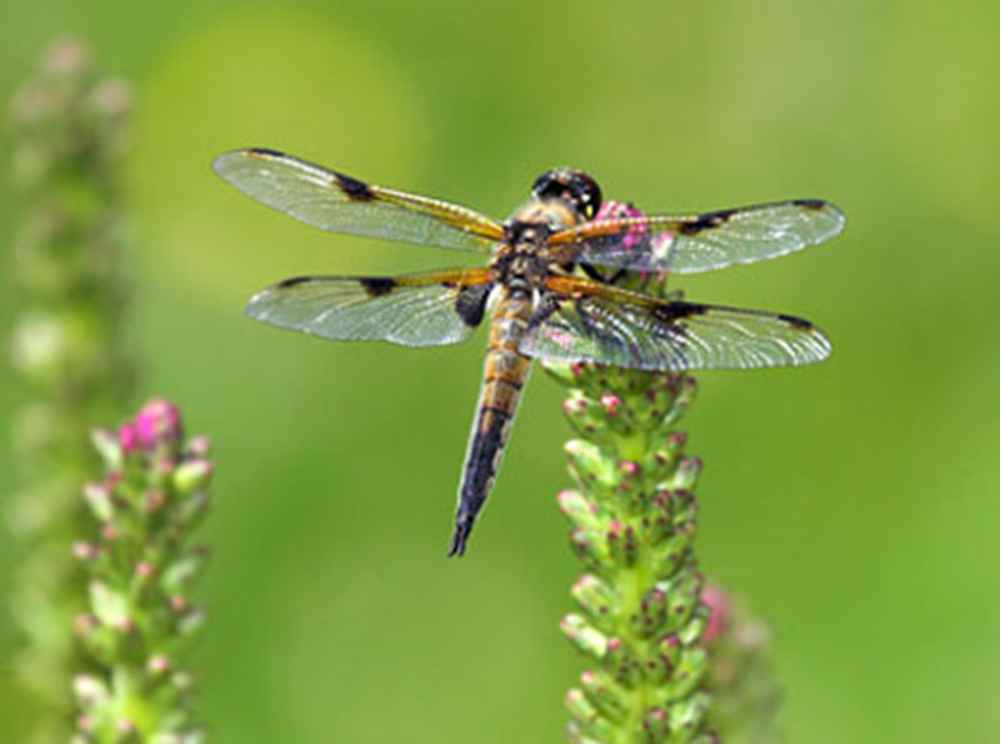
Adult Dragonfly
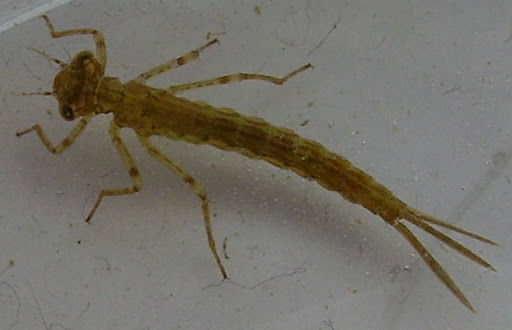
This invertebrate has three tais, three sets of legs (six), no wings and have three external, leaf-like or plate-like gills located at the tip of their abdomen. They are an indicator of high water quality and are somewhat pollution tolerant.
Damselfy Nymph
What fish no longer lives in Michigan because of eutrophication (loose gravel)?
Grayling Fish
What river is clear with tannins pigments in plants that prevent decompostion, where tannic acid comes from trees and used to home grayling fish? The river flows from west to east with dams.
Au Sable River in Grayling Michigan
In what river did tannic acid in the water caused the pipes to rust, adding lead and iron into the water?
Flint River
Where is the water treatment facility we learned about located.
Belle Isle
What city used to be where the largest water treament facility in the world was located?
Detroit, Michigan
Where was the ford steel production factory, which was down on the Rouge River located?
Zug Island
What location used to be a toxic waste dump?
Point Mouillee
What does B.O.D. stand for and what does it mean?
Biological Oxygen Demand; the amount of oxygen consumed by microorganisms in the biological process of decomposing organic matter in water
When the B.O.D. increase, what happens to decompostions?
It increases
What river contains PCBs, Chloride, metals, acids and excess phosphorus and nitrogen?
Saginaw River (Saga-nasty)
What does H.A.V. stand for?
Harmful Algee Bloom
What bacteria increased the growth rate of algae and created “dead zones?”
Cyanobacteria
What are the negative effects of algae?
Algae consume a large amount of oxygen, which can limit the oxygen intake of other plants and animals in that ecosystem, decreasing biodiversity. Some species of algae produce toxins that can be harmful to humans.
In what lake did algae bloom because of excess nutrients?
Lake Erie
In what area did minerals precipitate out of solution, causing issues with mining dredging by adding phosphorus to the region?
Tampa Bay
What does C.S.O. stand for?
Combined Sewage Overflow
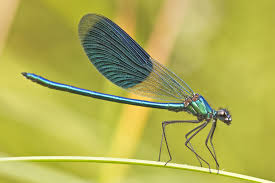
Damselfy Adult
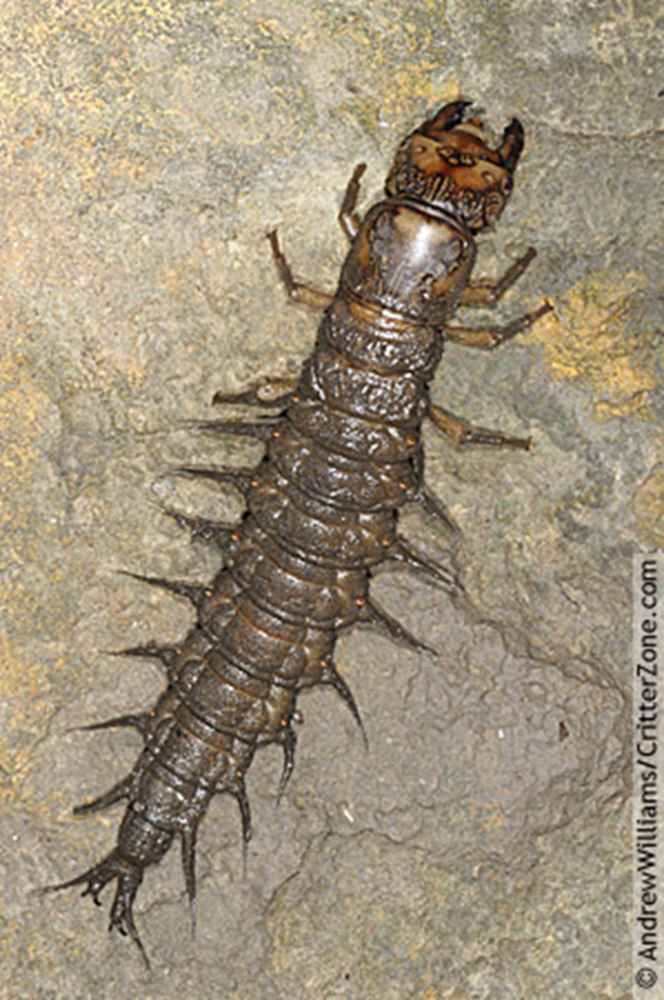
indicators of clean and well oxygenated water supply as that specific ecosystem to survive. They live in conditions with high oxygen levels.
Hellgrammite (Dobsonfly) Larvae
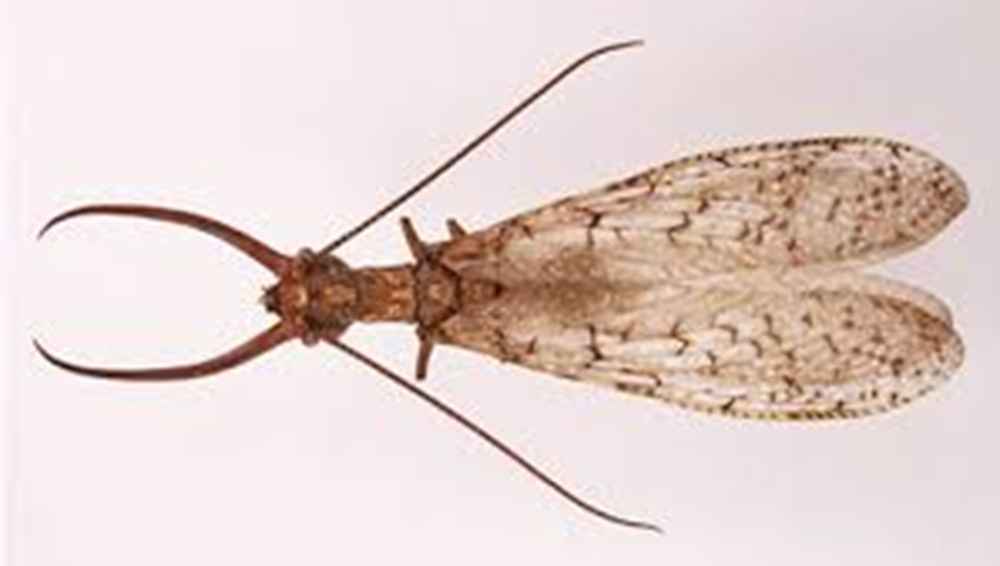
Dobson fly adult (from Hellgrammites)
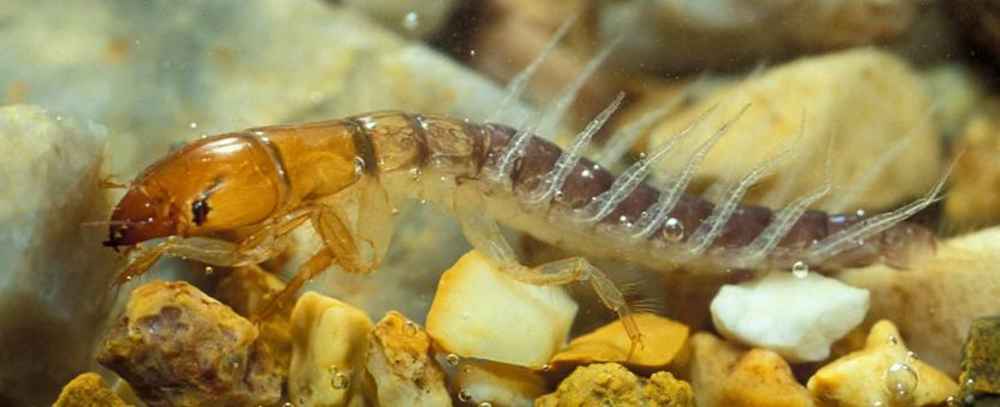
somewhat pollution tolerant and the water quality they are found in can differ
Alderfly Larvae
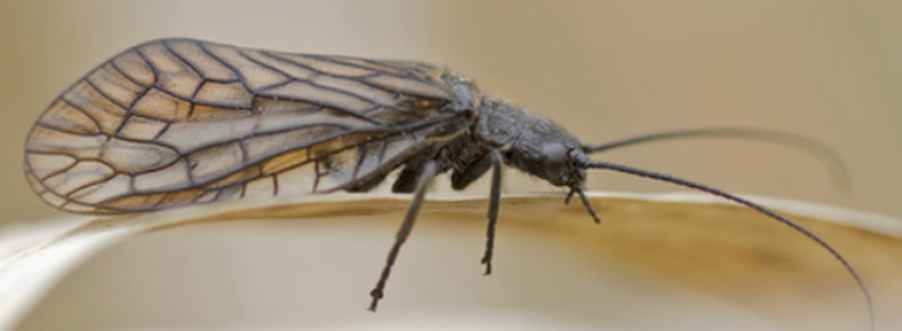
alderfly adult
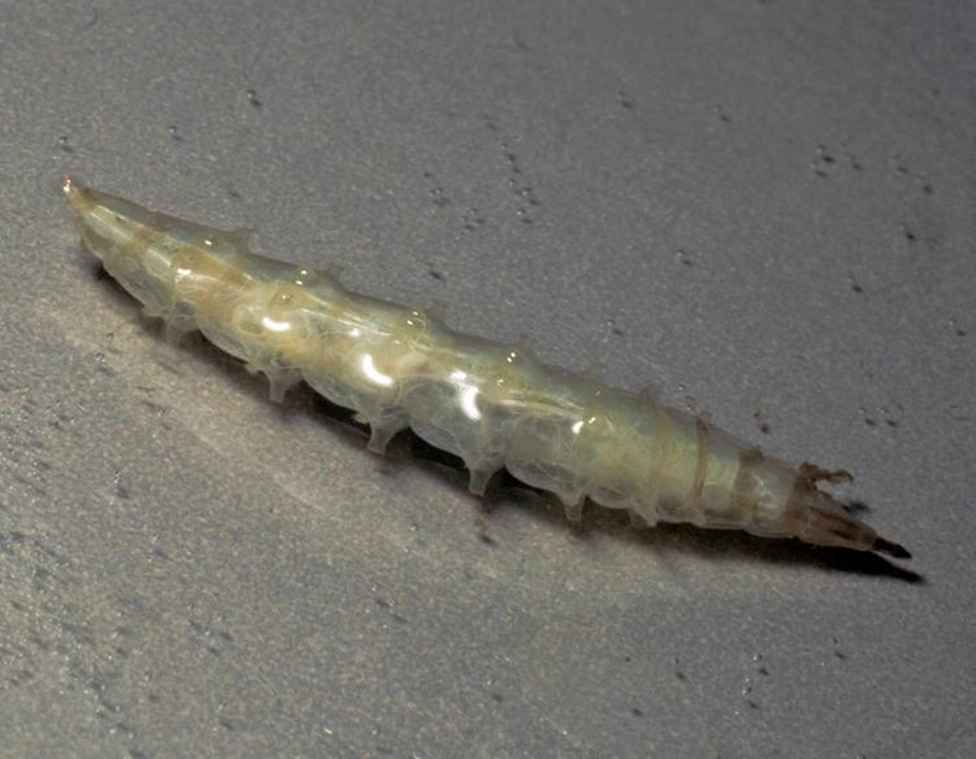
somewhat pollution tolerant
deer fly “maggot”
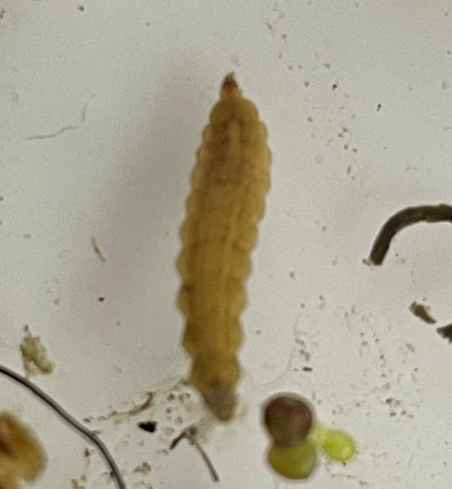
deer fly “pupae”
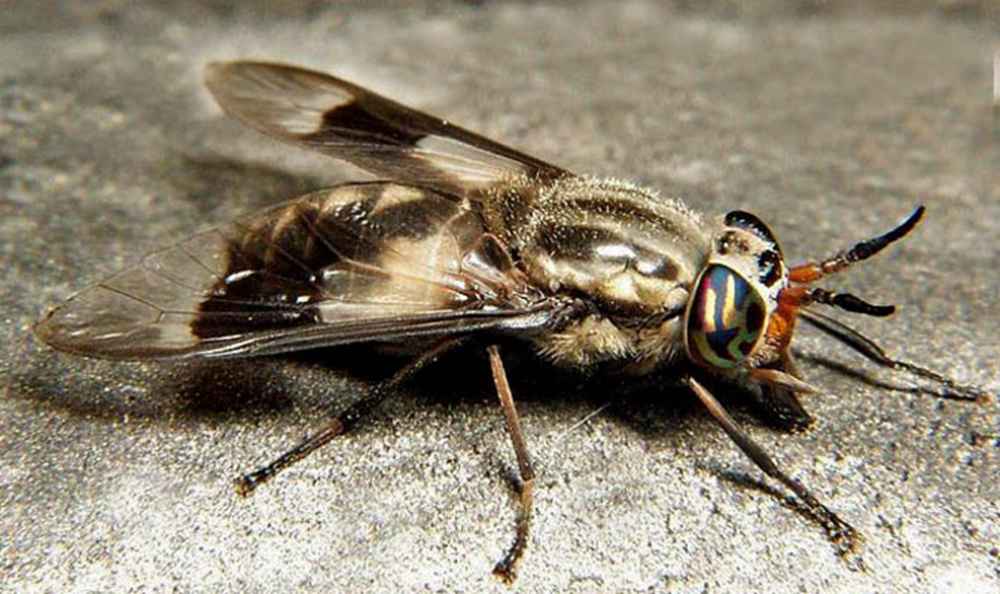
This bug likes to live in mucky or swampy environments
deer fly adult
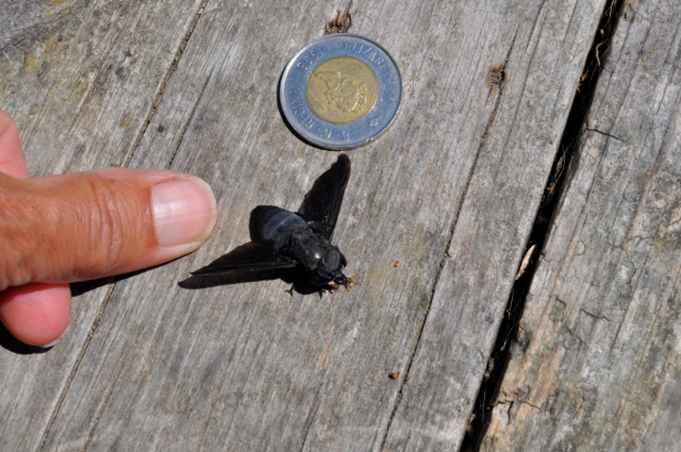
horse fly
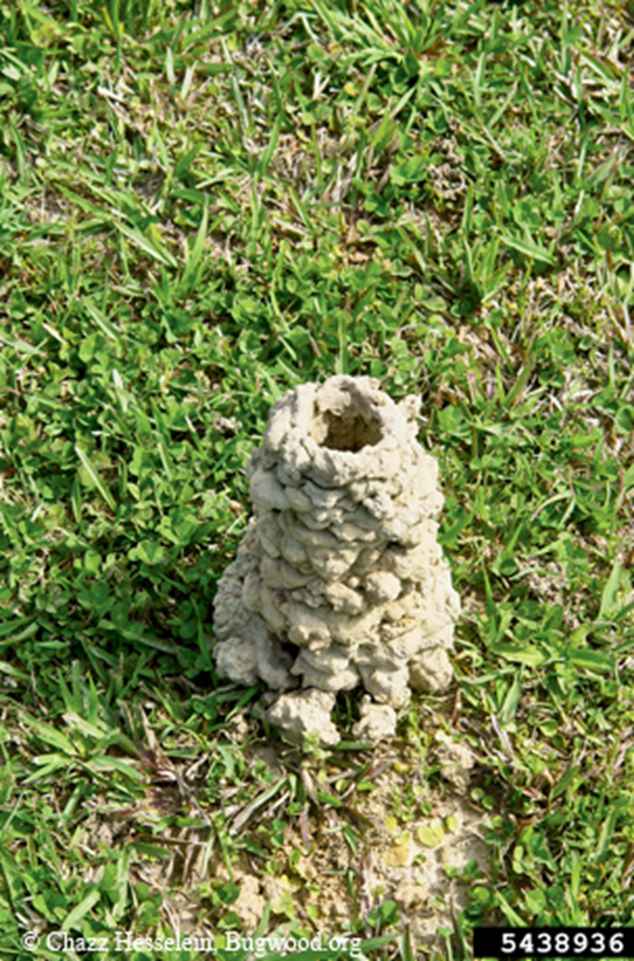
What is this called what animal lives in it?
Crayfish Chimmeny; Crayfish
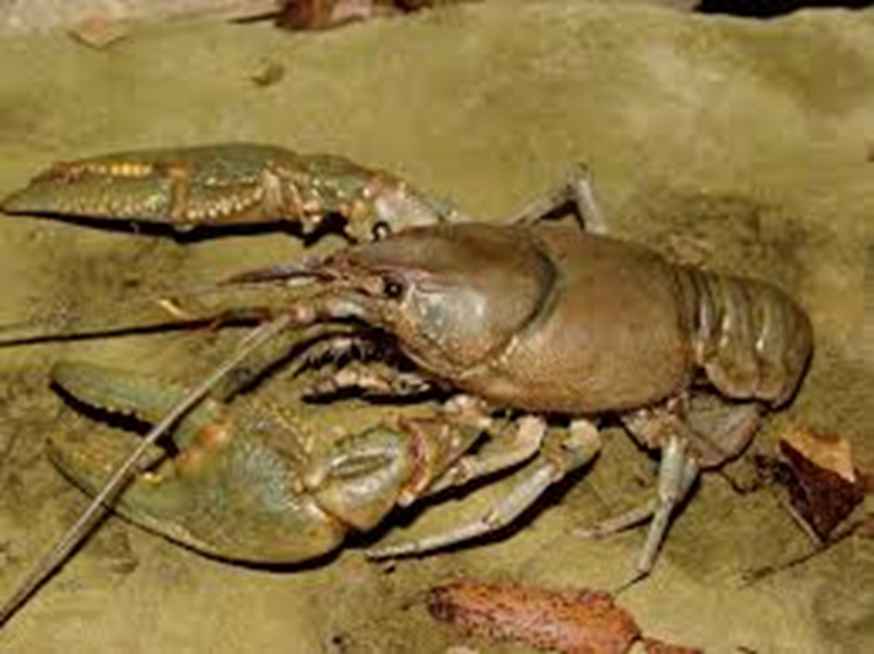
crayfish
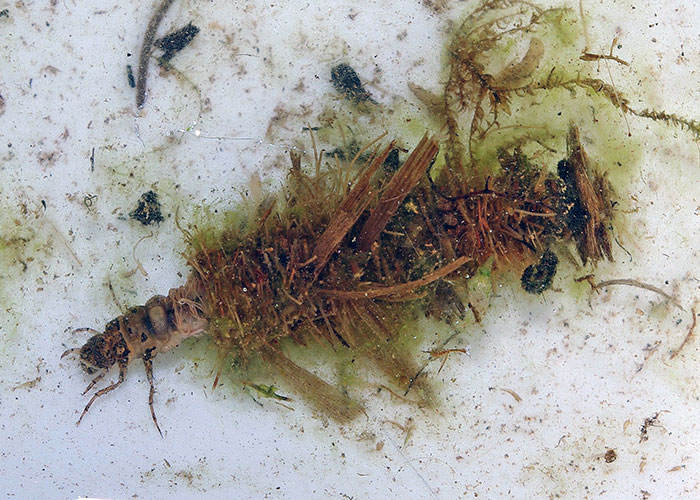
What type of invertebrate is this, and what is the shelter they build around themselves called and made of?
Caddisfly larvae; cases or retreats; any material in their environment, most commonly plant matter, small stones, sand, and woody materials
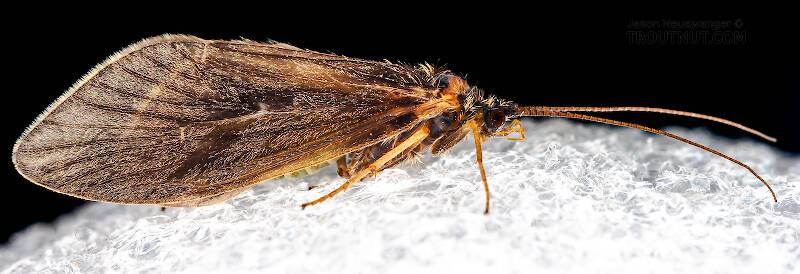
caddisfly adult
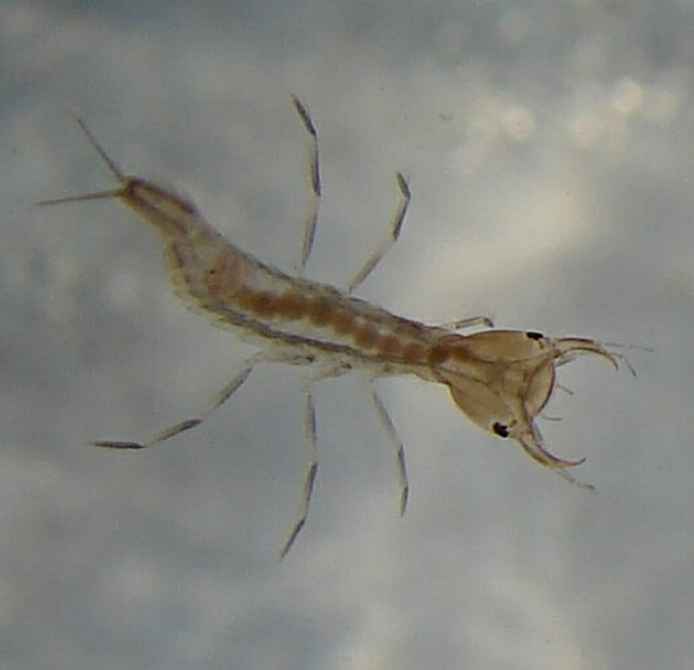
predaceous diving beetle larvae
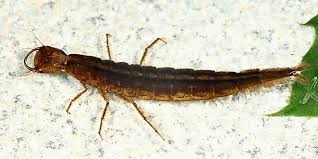
predaceous diving beelte adult
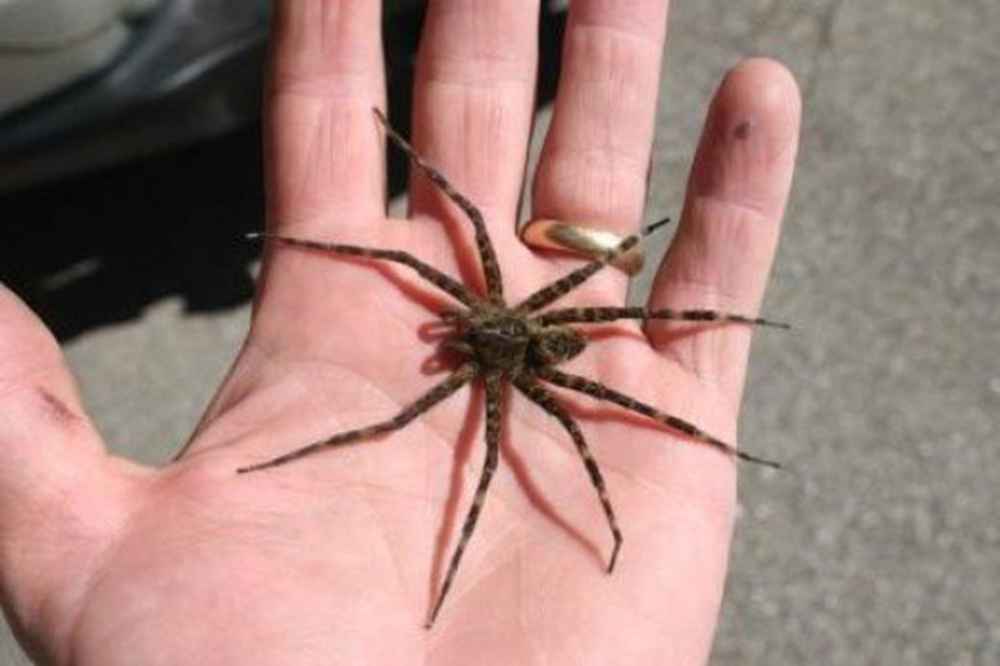
fishing spider
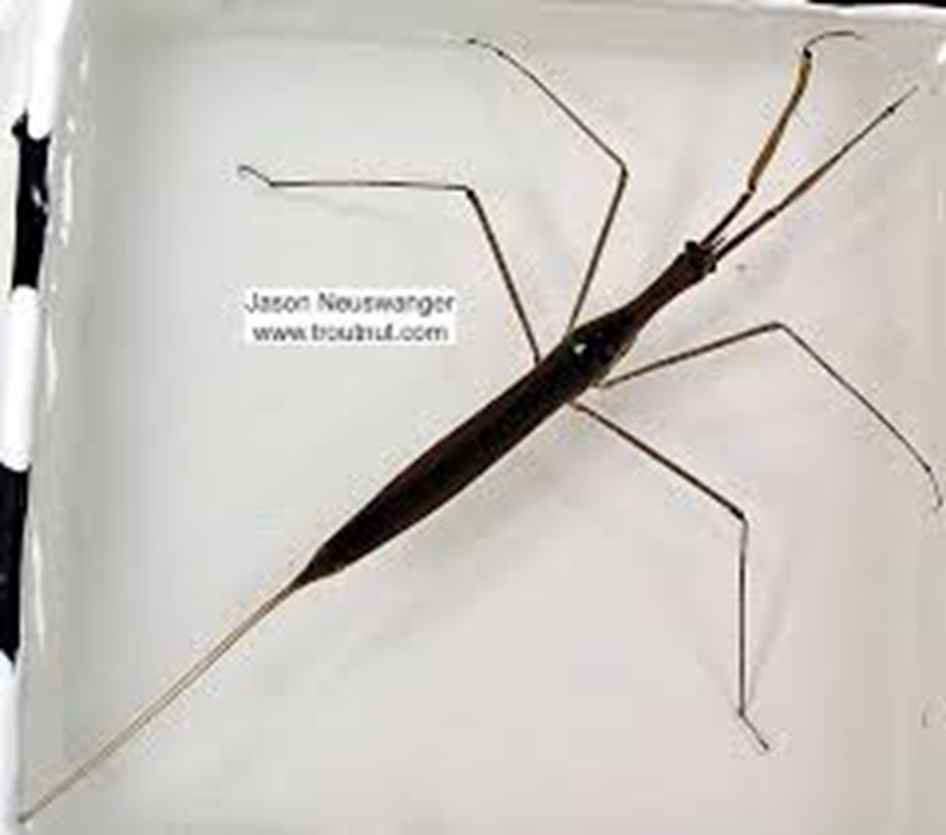
water scorpion
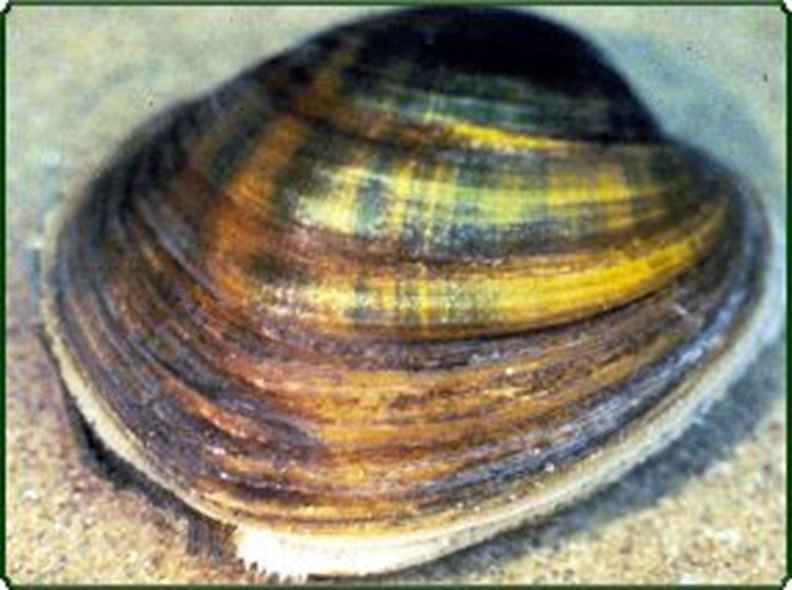
fresh water mussel
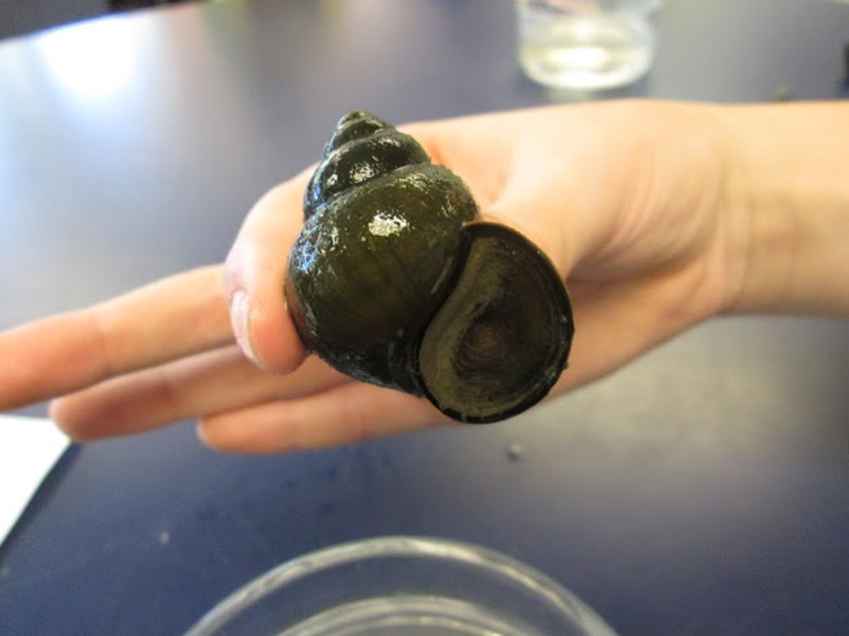
opens towards the right, are considered to be good as they have low B.O.D. and are pollution sensitve
gilled snail
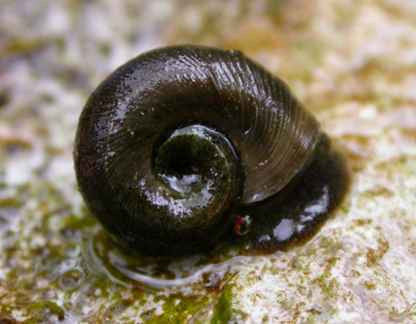
orb snail
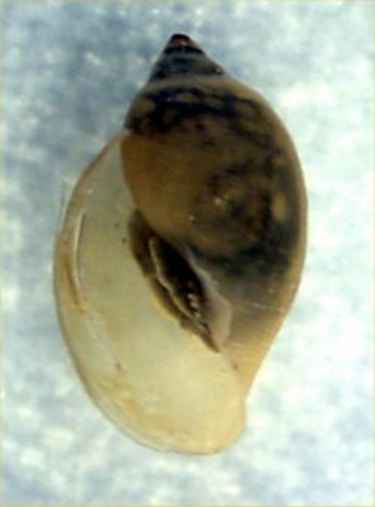
opens towards the left and are considered to be bad as they have high B.O.D. and are pollution tolerant
pouched snail
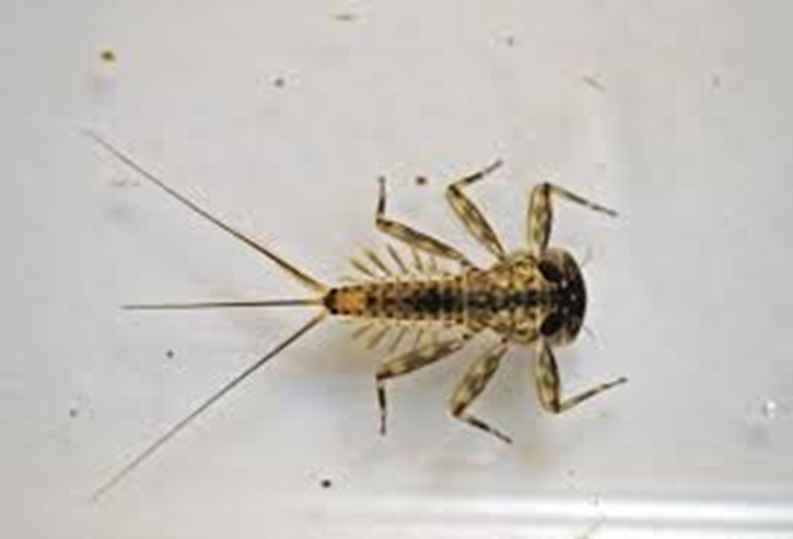
mayfly nymph
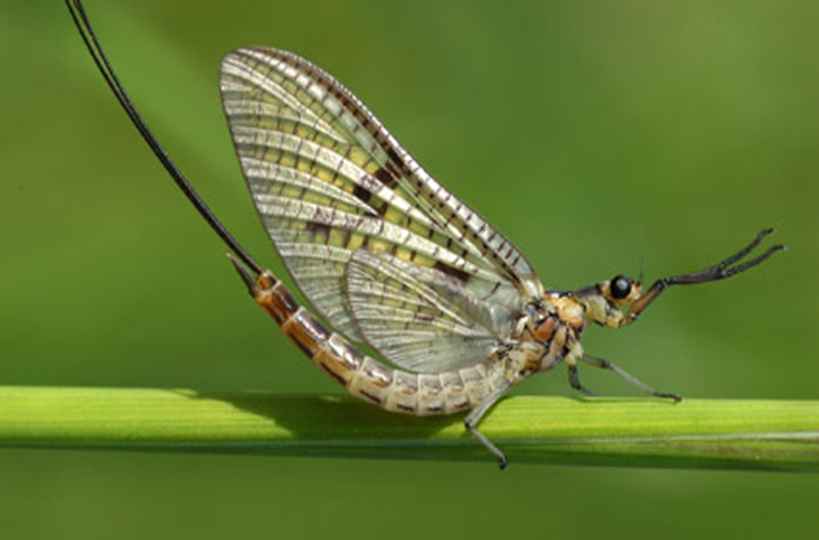
mayfly adult
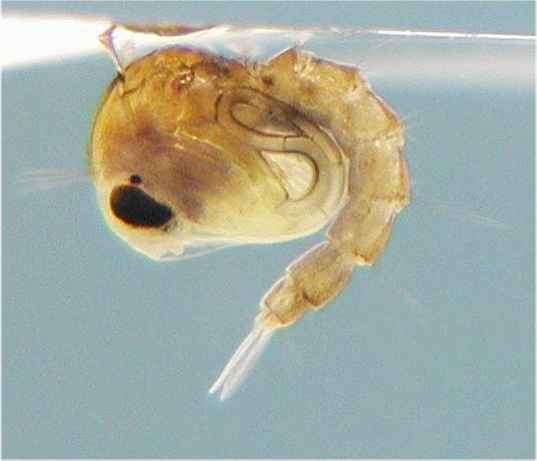
mosquito pupae
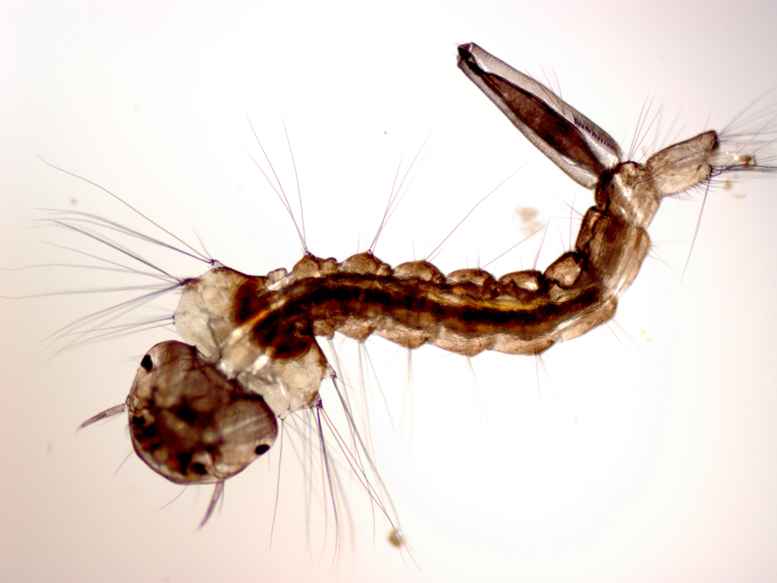
mosquito larvae
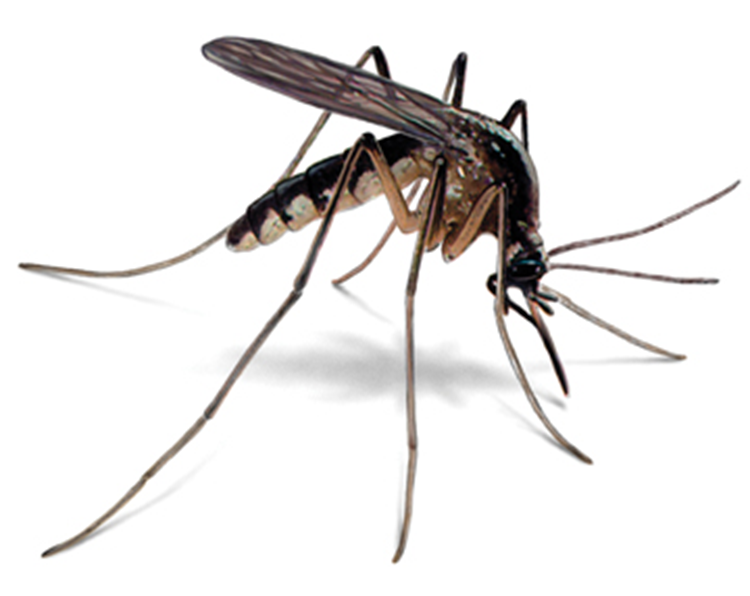
adult mosquito
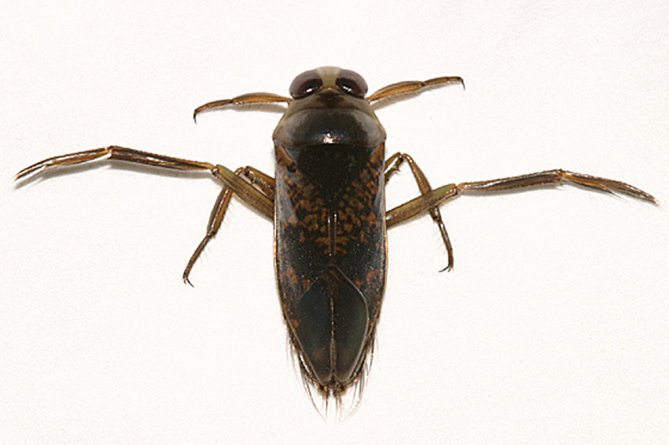
back swimmer beetle
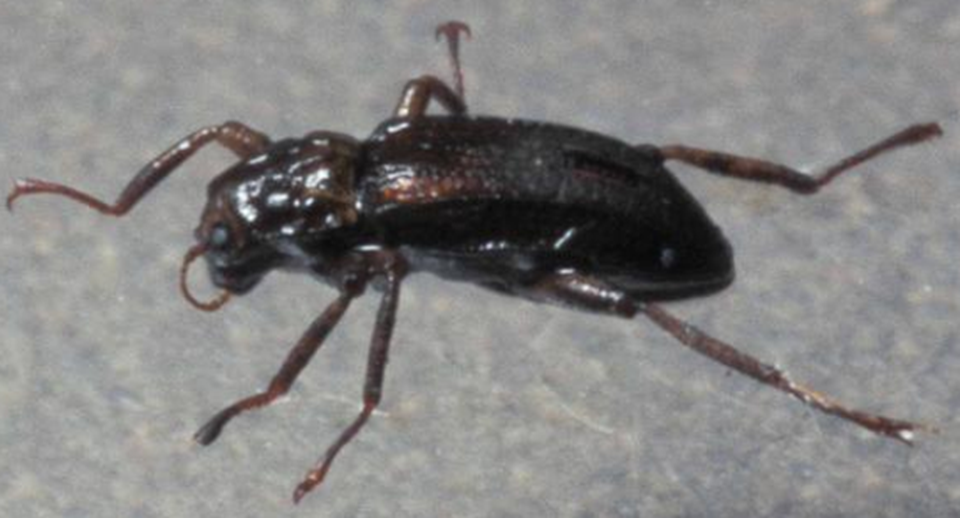
riffle beetle

crane fly larvae
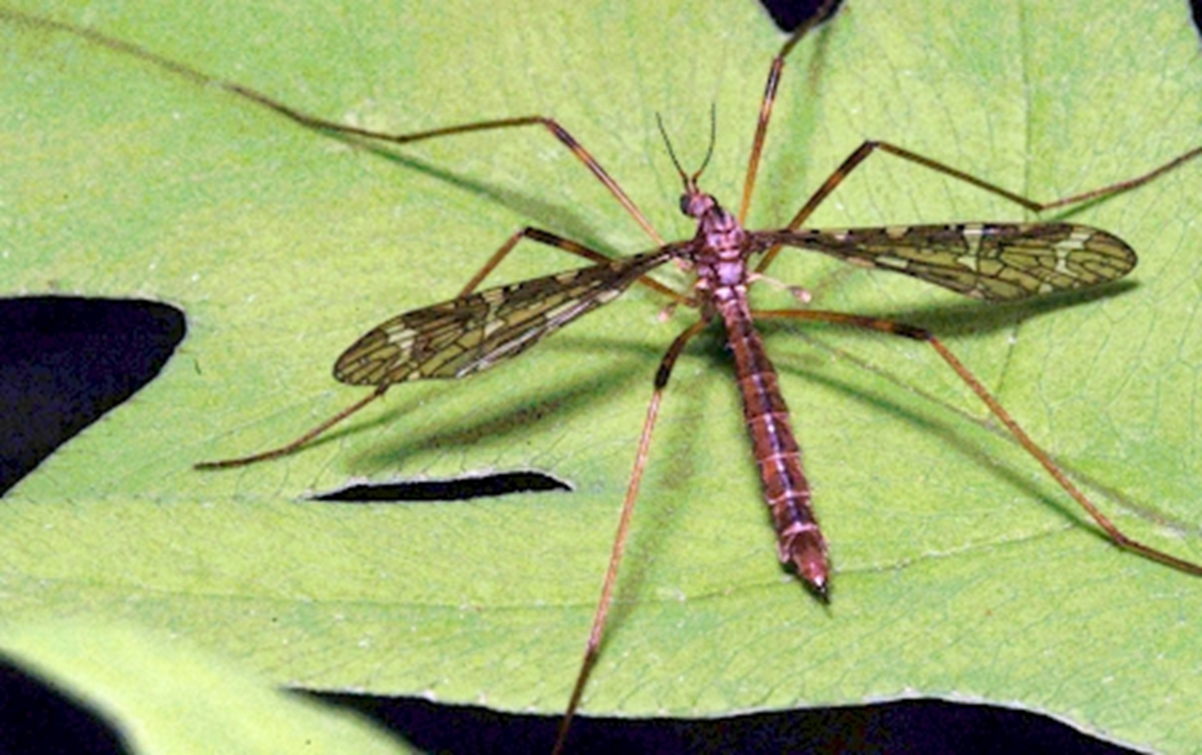
crane fly adult
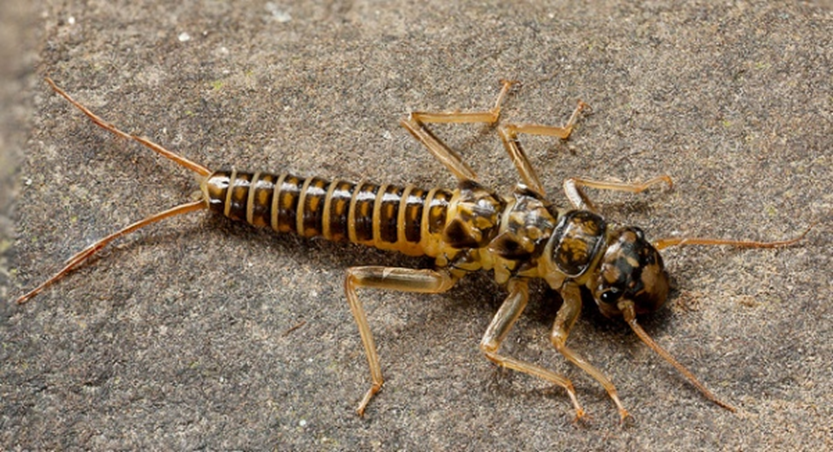
stonefly larvae
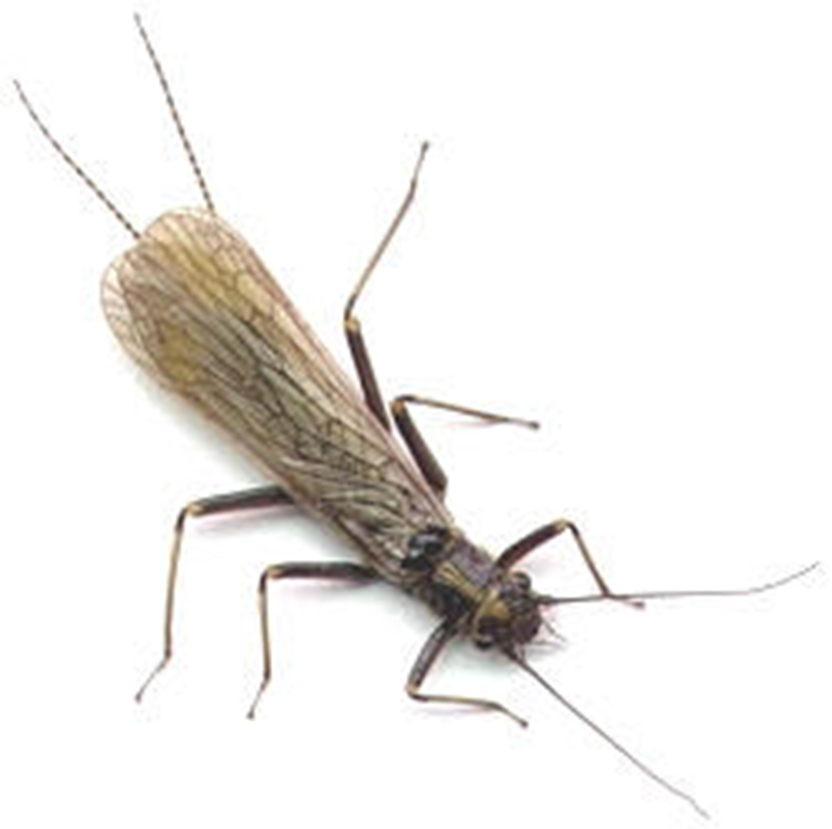
stonefly adult
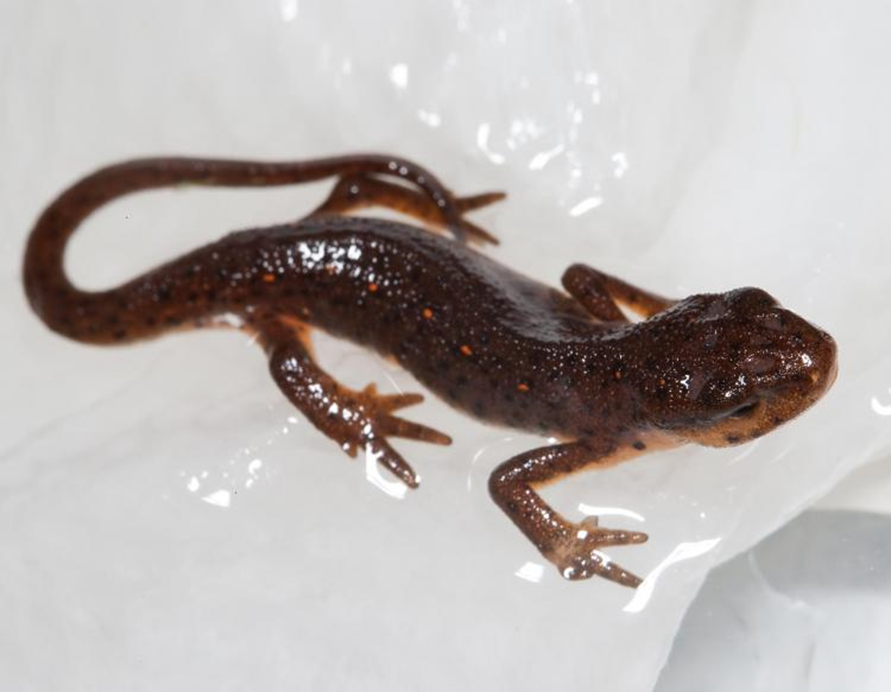
red spotted newt
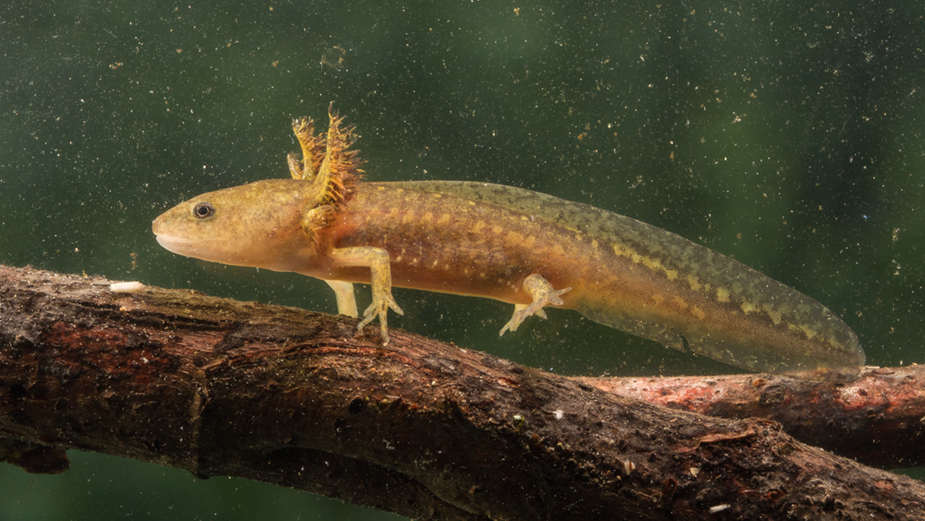
red spotted newt larvae
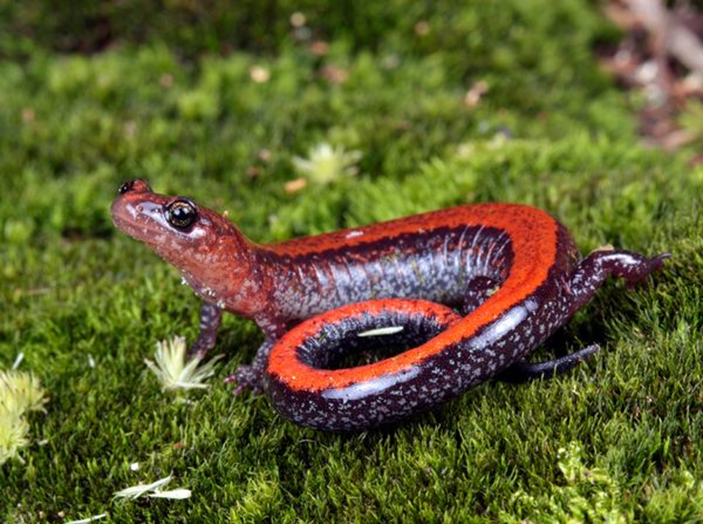
red backed salamander
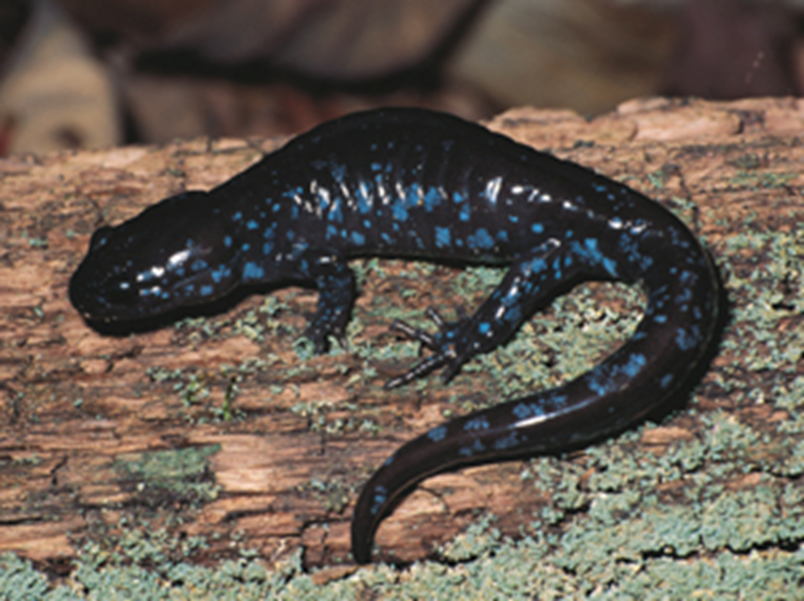
blue spotted salamander
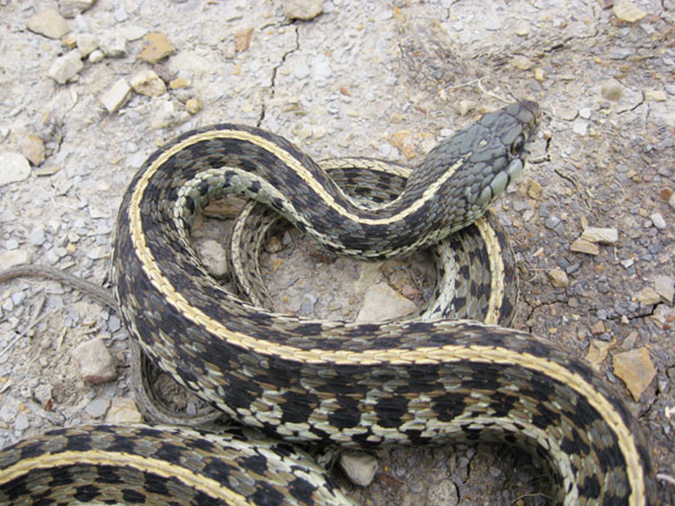
gater snake
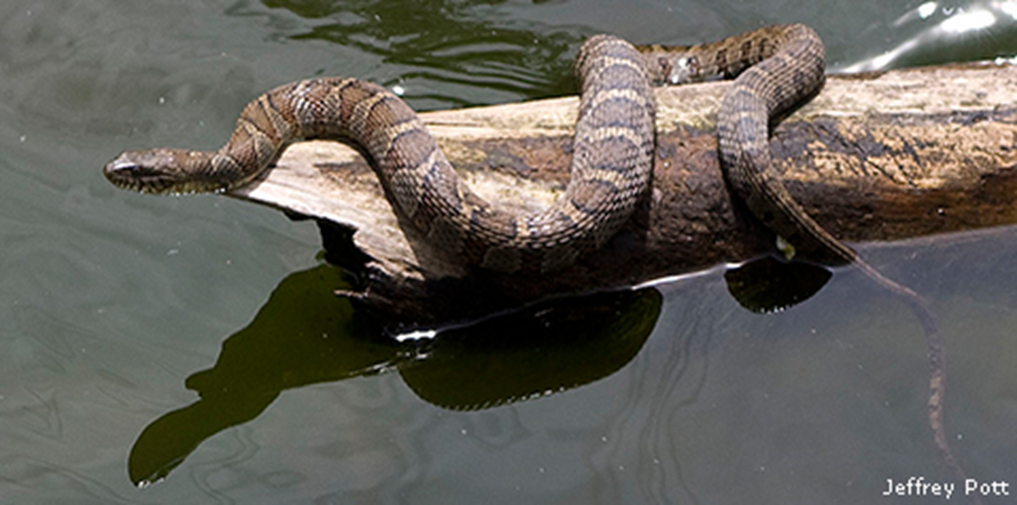
Northern water snake
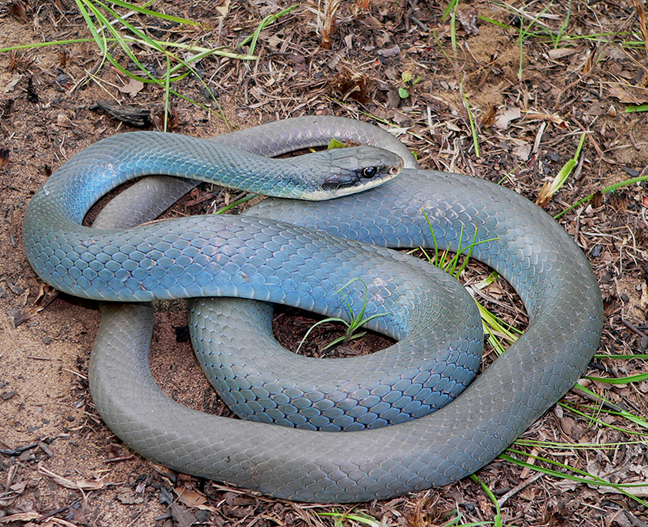
blue racer snake
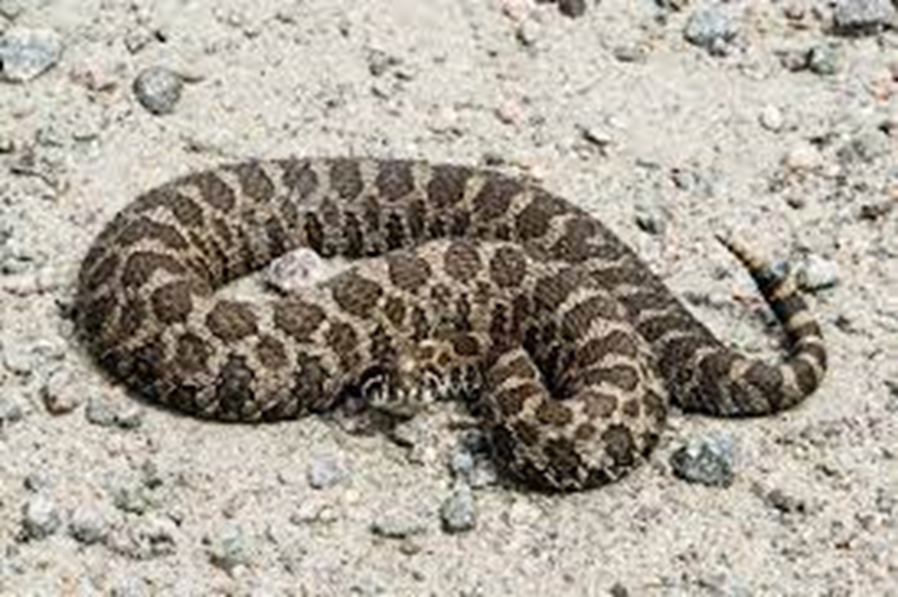
massasauga snake
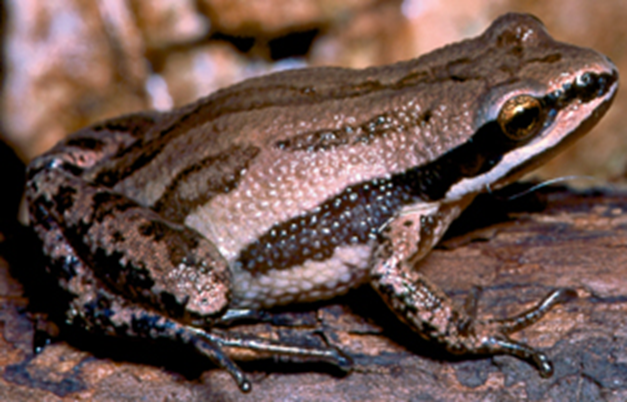
chorus frog

chorous fly tadepole

spring peeper frog

spring peeper tadpole
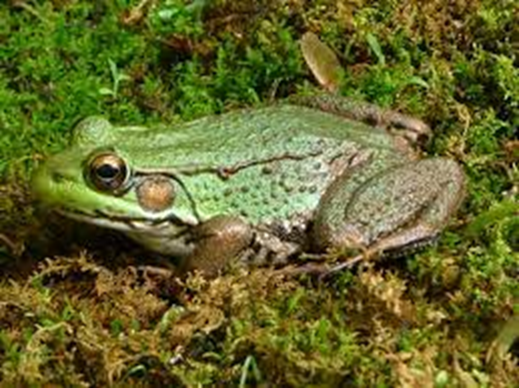
green frog
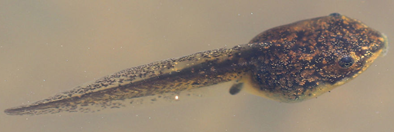
green frog tadpole
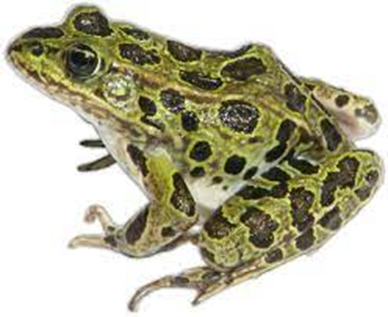
leopard frog

leopard frog tadpole
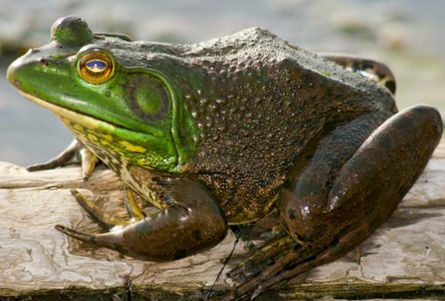
bull frog
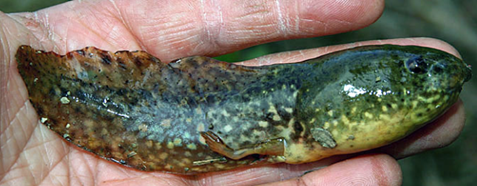
bull frog tadpole
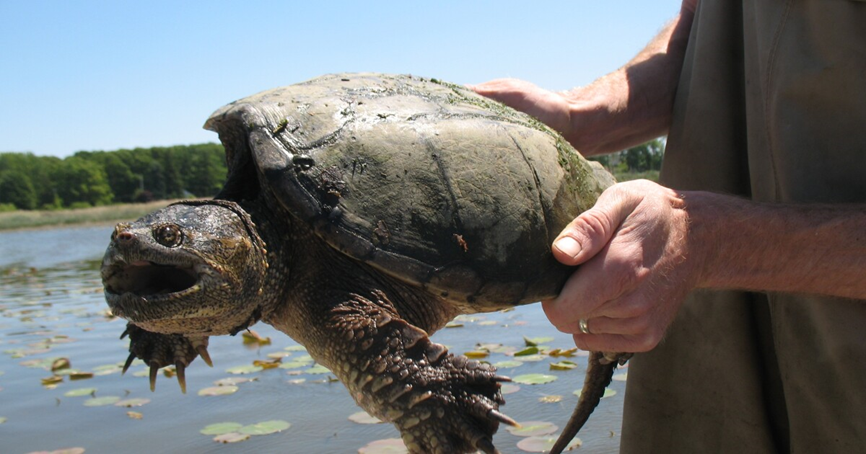
snapping turtle
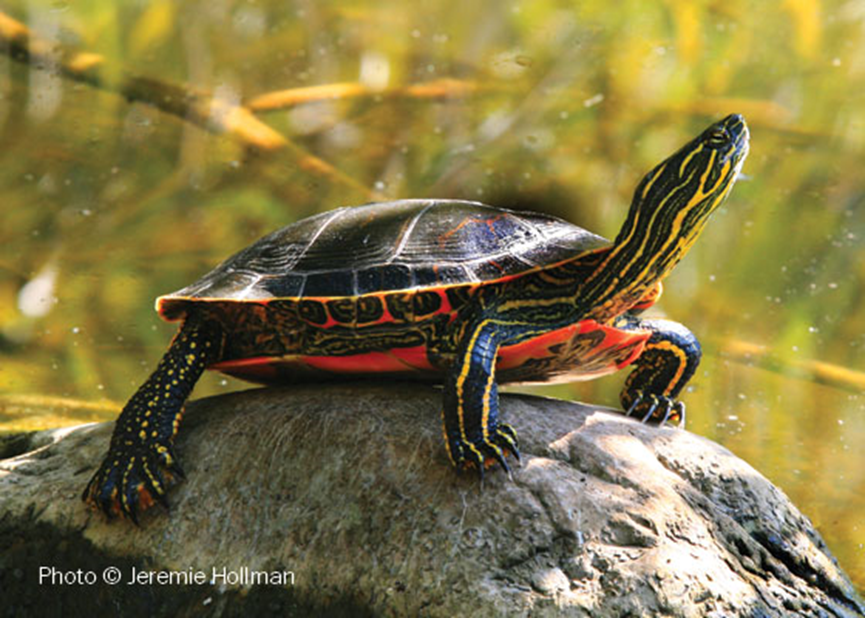
painted turtle
What university was collecting water samples?
Ohio State University
What is limiting in oceans/salt water?
Nitrogen
What is limiting in freshwater?
Phosphorous
Each bigger nymph is called?
Instar
What is the symbol of Roman power?
Wolves
Enzyme that regulates glycolysis?
phosphofructokinase
Another name for Larvae is?
Maggots
What is the other name for a Pupae of a butterfly?
Cystralise
What is the pupae version for a Moth?
Cacoon
What is the probuscas?
The sucking part of mosquito and predaceous diving beetles.
The EPA was established because of problems with what Great Lake?
Lake Erie
The cuyahogaa river caught river in what year?
1969
The purplish blue and peach colored flowers outside of Mr. Polonkey’s room are what type?
Iris